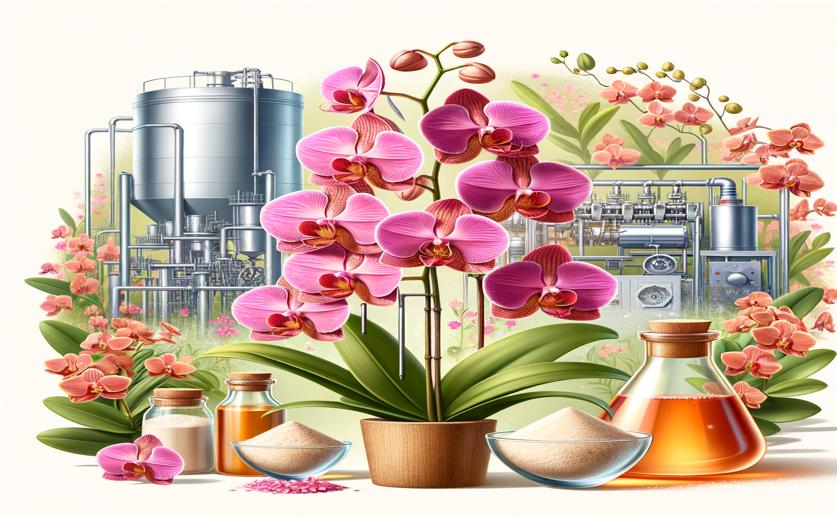
Improving Fertilizer for Orchid Growth Based on Plant Needs
Jim Crocker
14th April, 2024

Image Source: Natural Science News, 2024
Key Findings
- A study in São Paulo State University found optimal nutrient solutions for two orchid species during vegetative growth
- Adjusted nutrient solutions improved plant growth, nutrient content, and dry matter production for Dendrobium Tubtim Siam and Phalaenopsis Taisuco Swan
- The new solutions differ from the standard Hoagland and Arnon solution, suggesting tailored approaches are beneficial for orchid cultivation
NutritionPlant ScienceAgriculture
References
Main Study
1) Optimizing nutrient solution for vegetative growth of Dendrobium Tubtim Siam and Phalaenopsis Taisuco Swan through plant tissue nutrient balance estimation
Published 13th April, 2024
https://doi.org/10.1186/s12870-024-04931-x
Related Studies
2) Co-Cultures of Mycorrhizal Fungi Do Not Increase Germination and Seedling Development in the Epiphytic Orchid Dendrobium nobile.
3) Vegetative traits can predict flowering quality in Phalaenopsis orchids despite large genotypic variation in response to light and temperature.
4) Progress and Prospects of Mycorrhizal Fungal Diversity in Orchids.



 3rd March, 2024 | Jim Crocker
3rd March, 2024 | Jim Crocker